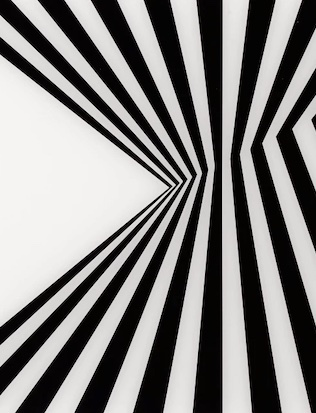I still own a rather battered copy of a slim paperback, published on the eve of the Second World War, entitled Art in England. I have kept it as a relic, not because I enjoy reading it. Illustrated with just "32 photogravure plates", it includes a short and mostly disparaging essay on English art from the Middle Ages to the start of the twentieth century, written by none other than the then-director of the National Gallery, Kenneth Clark, who concluded his micro-survey with the apologetic remark that "we are, after all, a literary people." It is hard to believe now, but until about fifty years ago this was the prevailing attitude towards English art, and indeed British art in general: perennially second-rate and condemned to remain so, given that the genius of the nation was inclined to words rather than images.
When did this misplaced preconception begin to crumble? I think the process started in the 1960s and early 1970s, when the monumental achievements of a number of senior British artists of that time (notably Henry Moore and Francis Bacon) had become impossible to ignore; while a number of younger artists, David Hockney among them, were breaking irresistibly into the mainstream of international contemporary art. The impetus did not come from British art alone, but also from British popular music, many of whose leading figures started out as art students and whose work habitually married performance with visual spectacle in all kinds of unpredictable ways - from the Rolling Stones smashing their guitars on stage in emulation of Gustav Metzger, the inventor of Auto-Destructive Art, to the shape-shifting stage personae adopted by David Bowie during the course of his career. If it had not been for the battles fought and won by those earlier generations of British...


